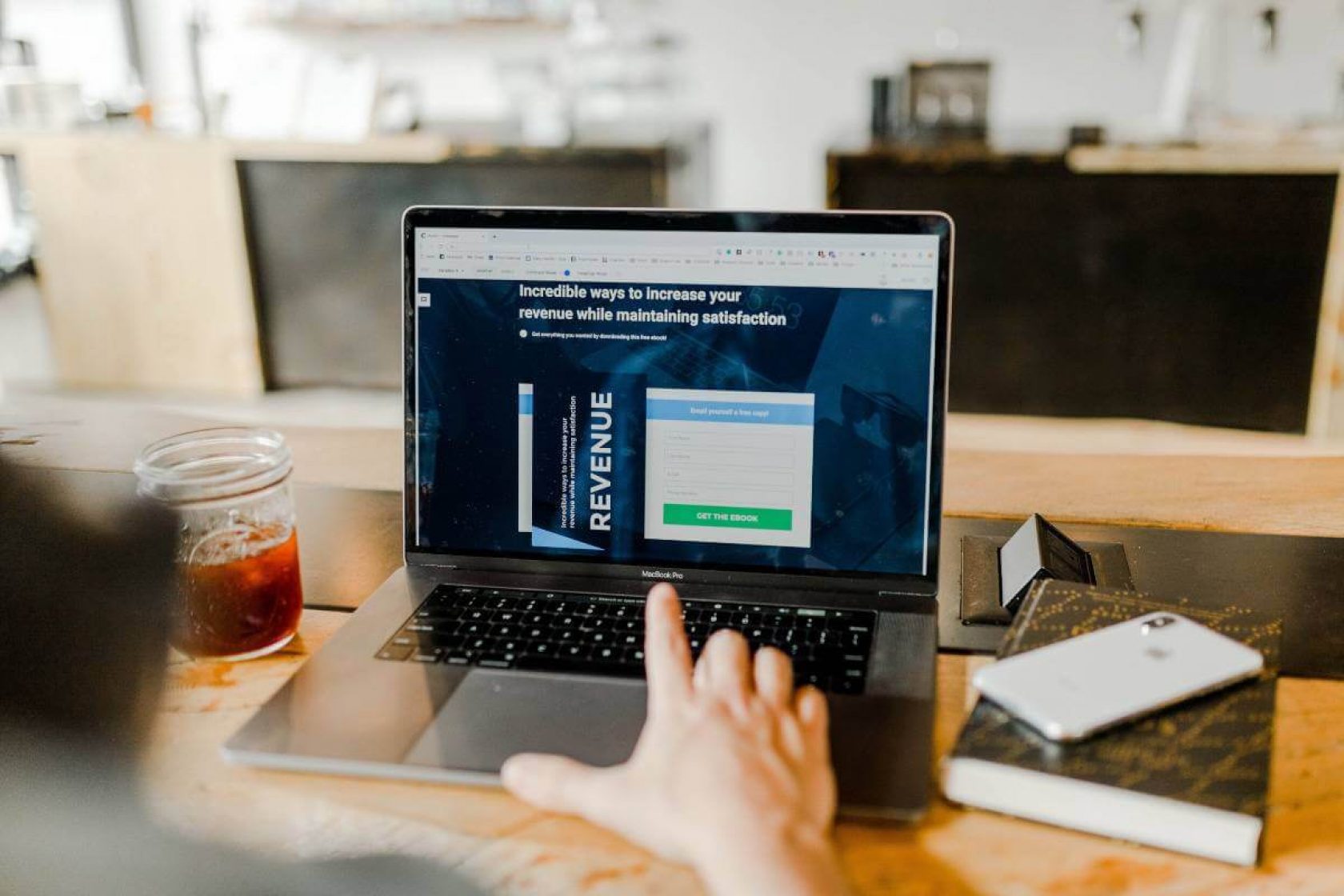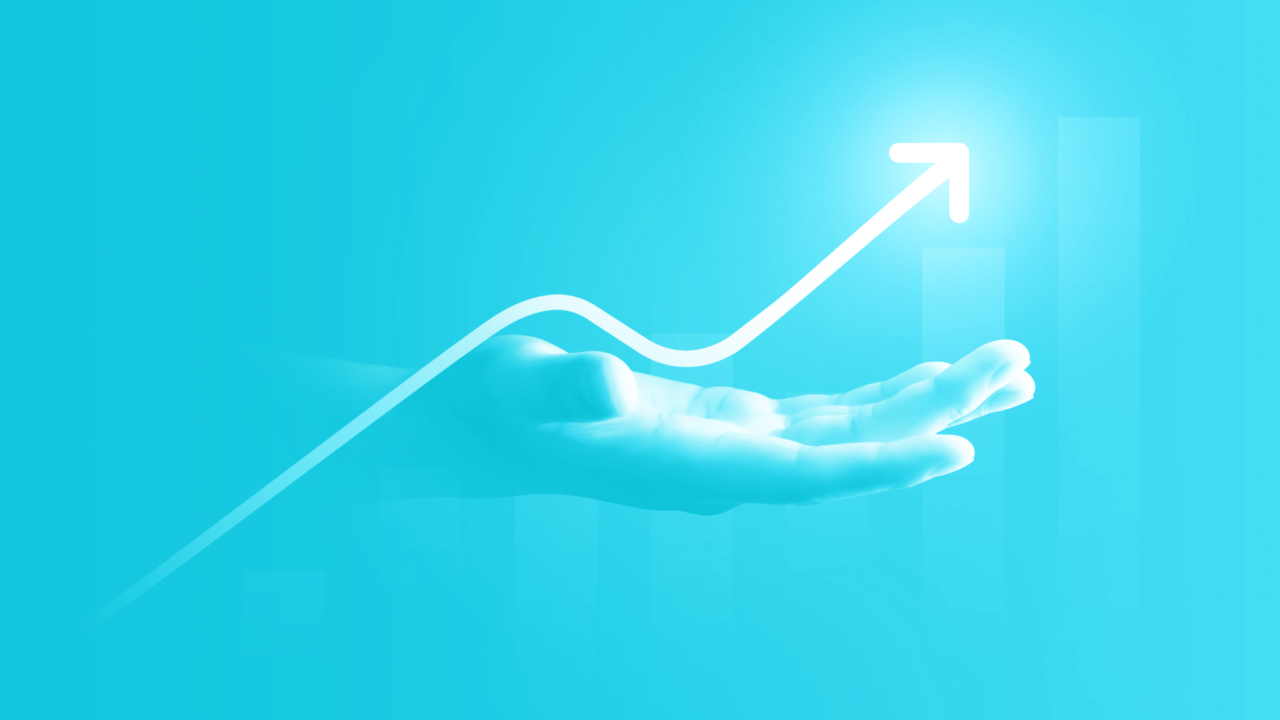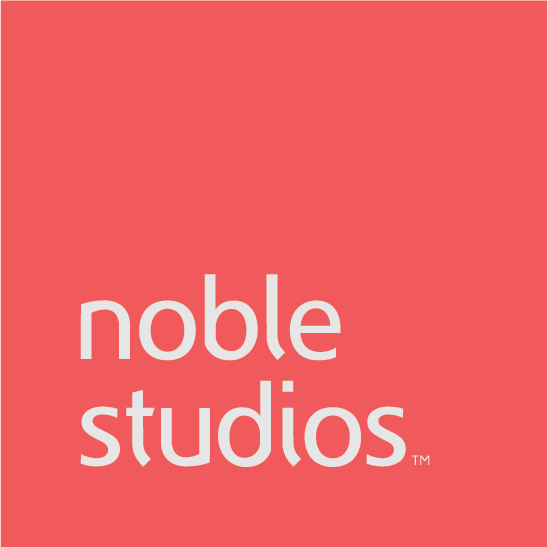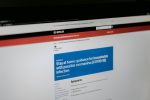Let’s discuss.
How Did Coronavirus Impact B2B Customer Engagement?
A content engagement report from PathFactory compared data from enterprise and mid-market tech companies across a variety of industries during two time periods – before the COVID-19 pandemic (January 1 – March 6, 2020) and after the first stay at home orders (March 7 – May 14, 2020). The results were that engagement with digital content increased significantly on B2B sites after the COVID-19 lockdown. According to the report, websites experienced 17 percent more visitors, 40 percent more unique asset views, and 15 percent more time spent on pages.
Users were split into two categories – “bingers” (visitors who engaged with multiple assets in a single session) and “non-bingers” (visitors who only engaged with a single asset). Users who fell into the binger category were strongly correlated with revenue for B2B companies.
The most-viewed content types during the pandemic were webinars, videos, eBooks, and reports. The resources that drove the most “binging behavior” (read: users consuming multiple assets per session) were brochures, guides, infographics, and videos. Interestingly enough, we also saw a shift in what B2B companies were producing during the pandemic. Although 61 percent more content was produced during this time, the average cost per asset decreased 30 percent. This is most likely due to marketing teams being short-staffed and needing to produce content with fewer resources.
Although PathFactory identified a 42 percent increase in sessions, average session times were shorter. In fact, they were 17 percent shorter for bingers and 38 percent shorter for non-bingers. However, the median time between return visits was almost 50 percent shorter during the pandemic. What does this mean, exactly? Although attention spans were shorter for most users, they quickly came back for more than before.
How Do You Engage a B2B Customer Through Paid Media?
So, how does all this translate to your digital marketing strategy? Knowing that your audience is potentially more engaged than ever before, now is the time to focus on awareness and re-engagement. Paid search marketing, display advertising and even paid B2B social media are all great channels to ensure you’re delivering the right message to the right prospect at the right time.
1. Understand How User Behavior May Have Shifted
The coronavirus pandemic has shifted digital consumption habits in many ways – for example, we know that users are now opening emails at all hours of the day. There is no “optimal” send time anymore. Similarly, users may be engaging with your paid media differently than they were before. Take a look at your analytics to understand how user behavior may have changed.
- Are more users on their desktop than before?
- Are they more active on weekends?
Then make any adjustments necessary. For example, you may need to make bid adjustments to make sure you’re serving ads based on your audience’s new needs.
2. Choose Your Landing Pages Wisely
Knowing that people are engaging with more content after viewing brochures, guides, infographics, and videos, it would be in your best interest to direct your paid audience to a landing page with one of these assets.
Try A/B testing different landing pages and assets to see which resources generate the most leads.
3. Re-Engage Users With Remarketing Lists
Remarketing lists allow you to tailor your messaging to users already familiar with your products and scootch them closer to conversion. If you’re using paid search ads or LinkedIn advertising campaigns, take advantage of lead form extensions so that users can convert on the spot!
4. Leverage Similar Audiences to Engage New Customers
Believe it or not, now is a great time to focus on brand awareness. Knowing that users are researching B2B solutions, it’s the perfect time to get your product or service in front of them. You can upload your first-party data to build a target audience. From there, you can build a lookalike audience that is similar to your current customers. This will help build brand awareness for a new, qualified audience.
5. Just Keep Optimizing
As with any marketing plan or strategy, the key to success is to look at your data and adjust accordingly. Take a look at what’s working (and what’s not) and use those learnings to improve your strategy. Or, as we like to say here at Noble Studios, be better every day.
Maintaining B2B Engagement
We’re all looking forward to a post-COVID world. But while we’re here, let’s celebrate our successes – especially our marketing successes. Providing exceptional value and customer experiences to users in the face of a pandemic is no small feat. If you’re looking for ways to improve your marketing engagement during or after this pandemic, get in touch with us. We’d love to work with you!
















